Wikipedia defines a minimalist photo as ‘form of photography that is distinguished by extreme, austere simplicity’ – a very fancy way of saying it’s barren of objects, but still with interest.
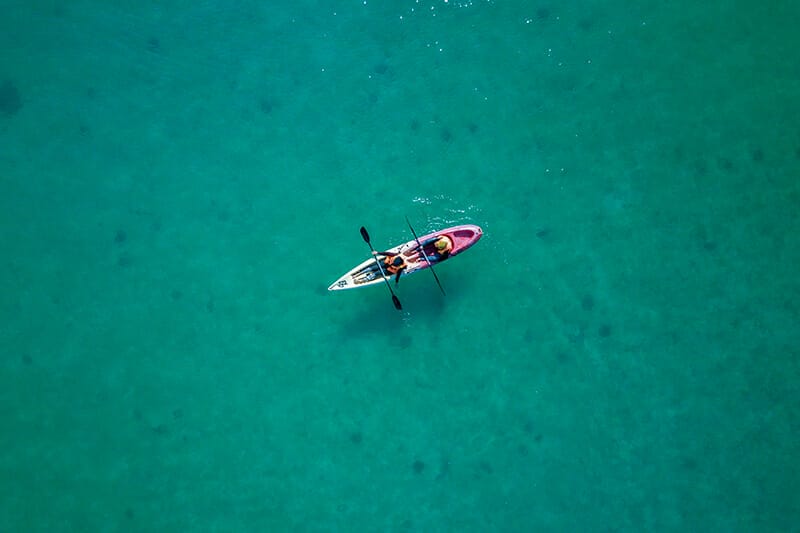
Minimalist photography provides a challenge unlike many other areas of this wonderful hobby – how can you fill a frame with few objects? It’s natural to point your camera at busy and energetic scenes but there is a great understanding to learn that less can be (a lot) more.
If you’ve tried shooting minimalist photos before you’ll already know the challenge, but if you haven’t, we’re going to walk you through tips to create beautiful stories with very little content – and as always graced with some perfect example photos.

The beauty of minimalist photos is that they require no experience, no fancy camera, no particular lens, no exotic locations – it just needs a creative eye. That’s it.
You could shoot on your camera phone or even a 35mm camera, it’s all about the composition and the story. This means you can start at home and look around you for ideas. So, with that said, what can you shoot?
To begin with, minimalist photos tend to focus on one object and nothing else. Don’t look to shoot multiple subjects (unless they are very similar). For example, choose a single flower, not a huge bouquet of different varieties. Try to make your subject look lonely in the empty space around it.
If you’re shooting at indoors or outdoors, then consider using…
• A piece of cutlery
• A freshly picked flower or just a couple of petals
• A shoe
• Couple of coins
• Piece of fruit
• Taking a photo of yourself on a plain backdrop
• Lone trees
• Lighthouses
• Bird on a fence
• Person walking on the beach
• Boat in the water
• Single flower / plant
• Winding road through the countryside
It doesn’t have to be a large, elaborate or expensive prop to start out. Understanding how to create that minimalist look will get your creative mind thinking for when you want to up your game outdoors and look for naturally occurring minimalist moments.

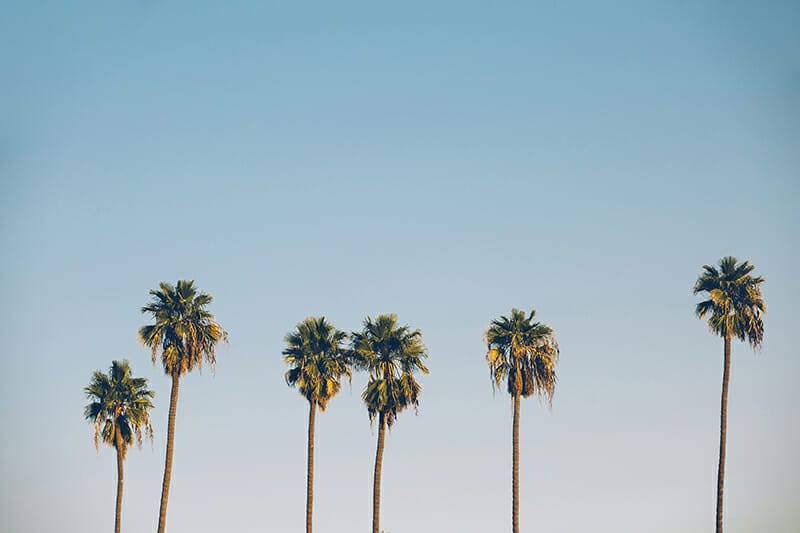
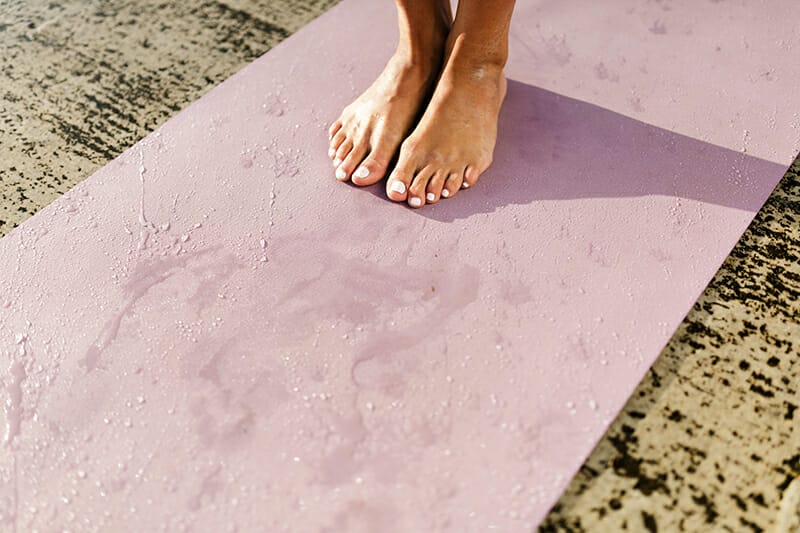
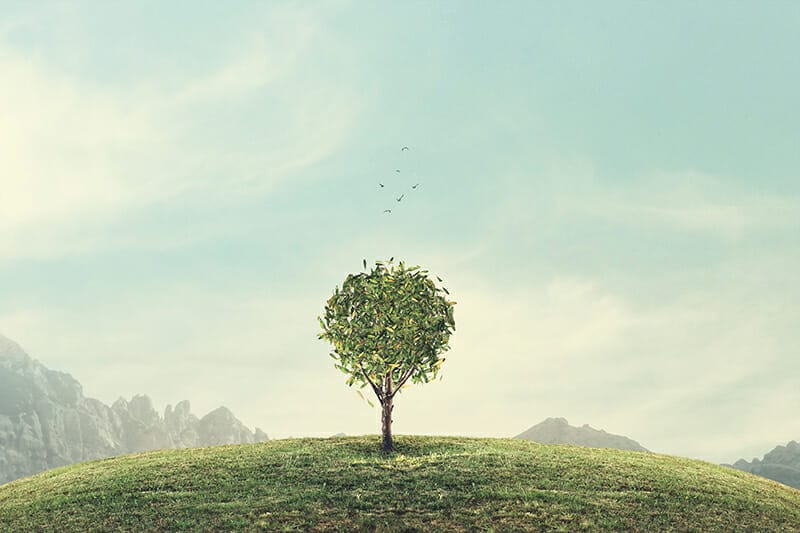

Firstly, we shouldn’t forget the rules of thirds and leading lines when you compose your minimalist photos. Having an aesthetically pleasing shot is still important – more so when you don’t have a lot going on in the frame itself.
I’ll break down composition tips over a few different approaches all with minimalism in mind.
This is the most important element to emphasise. Don’t fill your frame with the object. Strike a balance that’s around 80% negative space to 20% subject (this can fluctuate but try not to go over 20%).
If you want to isolate the look of your subject offset them in the frame and push them to the corners or edges of your shot. If the negative space can make them look dwarfed by a big sky, sea or field then that increases the minimalist feeling.

Lines are very powerful when there is not much in your shot. Leading lines will pull the attention of your viewer in a certain direction. They may be the only point of interest in your shot if you opt for a minimalist photo without an object.
It could just be a closely cropped, freshly ploughed field or a waterscape. Either way the lines of direction should travel across the whole frame and/or be extremely clear.
Patterns, like lines, can help give structure in a minimalist photo. If you find a pattern, get close in and fill the frame so no other elements competing for attention.

If you want to include an object or person in your photo, then look to exploit them to create a sense of scale in the surroundings.
By shooting wide and including lots of negative space you can make people look tiny in comparison. This increases the emotion reaction to the shot – do they look lonely, isolated, overwhelmed etc?
It may be that you’re trying to highlight size differences between the objects in frame. If that’s the case, shoot straight on so that the size contrast is immediately obvious.
You don’t have to get fancy and exploit the shallow depth of field with minimalist photos – right angles (shooting at 90 or 180 degrees to the subject) can be more striking.

Use colour, or don’t – that’s up to you! Either way be particular with the colours that you do include (or edit in later on). A busy frame with more than 2 colours is going to soften the minimalist effect.
Otherwise just go mono, and that doesn’t mean only black and white. Washing your whole shot in the same hue and including different tints and shades is a nice way to keep the colour impact to a minimum.
A strong contrast of tones, whether it’s black and white or yellow and blue is important. If the dual tones are too wishy-washy it may not look as striking. Add a little colour saturation or contrast when editing to make it really pop.
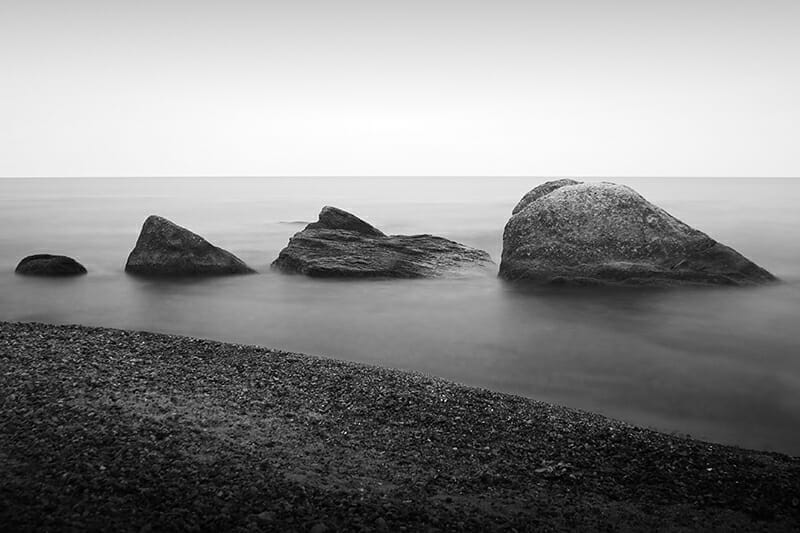
Finally, whether you’re shooting indoors or outside look to make background plain unless they are the basis for your minimalist photo. Skies, walls, backdrops – whatever you’ve got then keep it simple.
Don’t spend ages bracketing the sky to keep detail in the clouds if you just want it plain. While keeping an eye on your histogram is still important, it’s ok to be deliberate and white out the sky if the rest of the composition is strong enough.
If you’re doing some minimalist photos at home use a plain piece of card from an art shop to give you an instant background with no distractions.
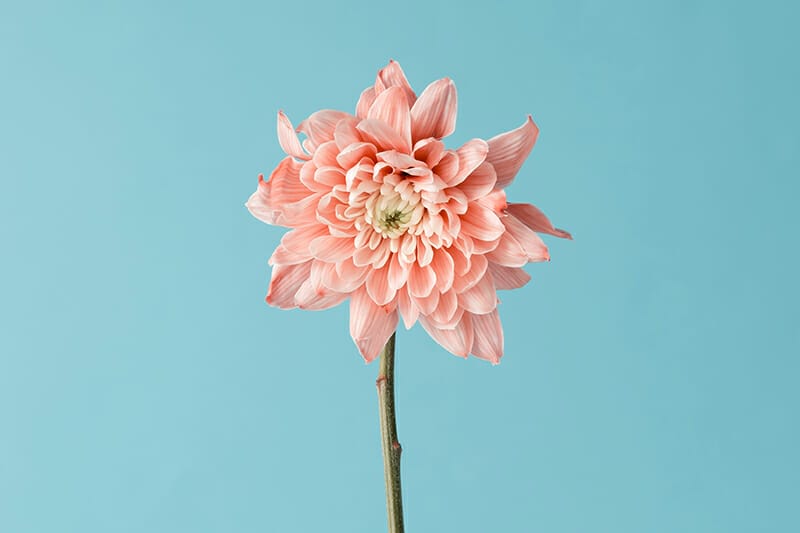
Despite our topic being sparse we hope you’re now packed with tips and ideas to approach your minimalist photography! Keep in mind these key points for capturing a striking minimalist photo;
• Choose a single subject (or a couple that are similar).
• Use negative space to make the object look small.
• Off-set objects to the side to make them look isolated.
• Look for strong and clear lines in place of an actual focal point.
• Fill the frame if you’re shooting patterns.
• Use a plain background where possible.
Discover the BEST way on how to clean a camera sensor using swaps, rocket blowers and pencil brushes to give your shots a dust-free finish!
Capture the magic of the night with our beginner’s guide to night photography. Learn tips and techniques for stunning results.
Master the art of solar eclipse photography with expert tips on equipment, settings, and precautions for stunning celestial images.
Learn the basics of photography – fast – with our FREE 60-Second Photographer online course. Each class is short and sharp with simple, actionable steps that give you immediate results.
x 30 lessons

© iPhotography™
Become a confident and competent photographer in less than 30 minutes!
Before you leave, make sure you’ve secured your FREE online photography course (worth £29.99)
Each class is just 60-seconds or less making it the fastest and easiest way to learn photography!